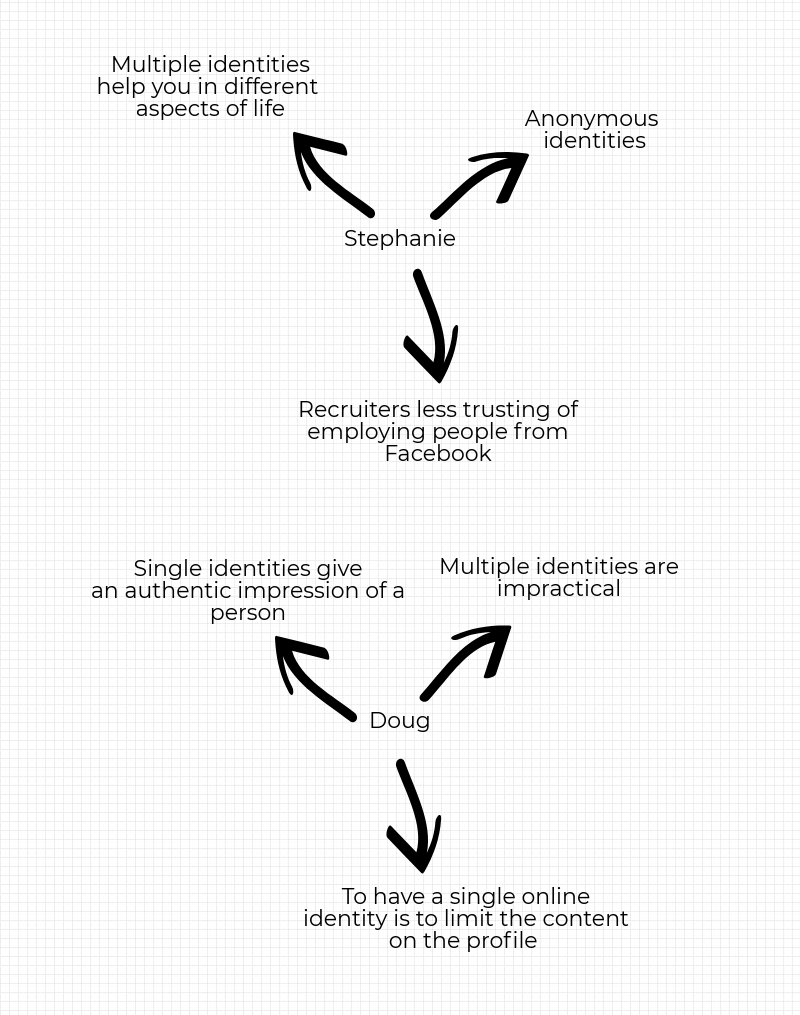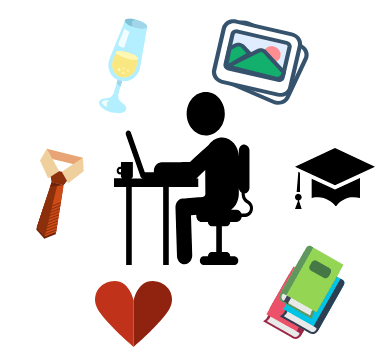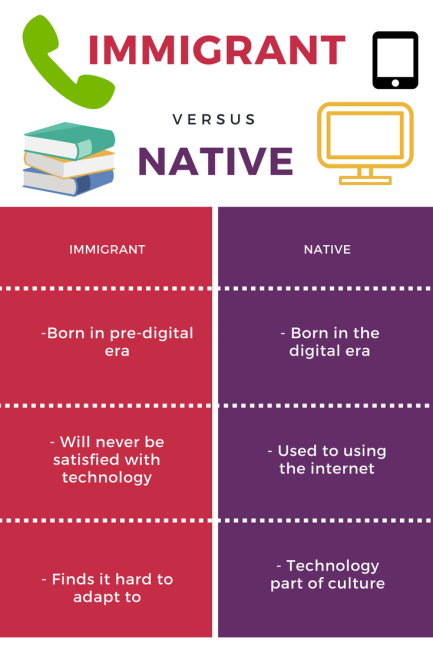As I study Sociology and Criminology, this module was certainly very different from those I have previously studied. Throughout UOSM2008, I have been challenged to think about a range of topics which I had never previously given a second thought to. From deciding whether I am a digital visitor or resident to understanding the benefits and drawbacks of online identities, this module has been an eye opening experience and thought provoking and I will always remember the variety of things I have learnt when engaging in activities online. Now I feel as if I have the knowledge to participate online from a wiser perspective.
This reflection on UOSM2008 will be simplified through Smyth’s (1989) reflection on action. This process, as further refined by Waring and Evans (2015), is broken down into four steps: describe, inform, confront and reconstruct.
Describe
What did I do?
Figure 1 is a replication I created of the GISK diagram found in the MOOC. This shows the digital literacy areas which this module focused on:

Figure 1- Digital Literacies, by Heighway (2018) Created Using Canva
This module included topics which focused on these elements of digital literacies. Figure 2 shows the topics which were involved in the module this year:

Figure 2- UOSM2008 2018 Topics, By Heighway (2018), Created Using Piktochart
Inform (analyse)
How was I feeling at the start?
Before starting this module, I was unsure what to expect. To be honest, the overriding feeling was nervousness. I did not feel that my computer skills excelled and I had never experienced the online style of learning before. However I put great effort into remembering that I needed to improve my online skills and I had faith that participating in this could enhance my skills in order for me to prepare me for graduate employment. Below is a video about my initial queries about this module:
By Heighway (2018) Created Using Powtoon
What challenges did I face?
As I had never experienced the online style of learning before, it was no surprise that I found some areas of this module tricky. Below is a video which explains these challenges:
By Heighway (2018) Created Using Powtoon
Confront (self-awareness)
What have I learnt?
I have learnt a great deal throughout this module. Reflecting on the digital literacies that this module focused on, Figure 3 below explains what I have learnt from each of these elements:

Figure 3- My Improved Digital Literacies, By Heighway (2018), Created Using Canva
The video below explains one thing I have learnt from each topic in this module:
By Heighway (2018) Created Using Powtoon
But have my skills improved?
Before participating in this module I knew I needed to improve my online skills. Figure 4 shows my self assessment from before and after participating in this module:

Figure 4- My Improvements By Heighway (2018), Created Using Piktochart
Have I learnt new skills?
As you can see from the differences in star ratings in Figure 4, throughout this module I have acquired a range of skills, which I would not have believed if you had told me before I started this course. I have learned how to create my own videos, construct infographics and maintain a blog! I have also realised how beneficial it can be to build an online network around an area of interest. These are all important skills which will become of great use in the future.
Have I changed the way I present myself online?
Before this module, I thought I successfully kept my personal and professional online identities separate, I now realise that I was wrong! Although I created separate Facebook and Twitter accounts to accommodate my personal and professional identities I realise that it may be more beneficial to create my professional profiles on sites for professional use such as LinkedIn. I did this once studying the online identity topic and have recently secured a summer internship!
Below is my professional profile which I created on Facebook before this module:

Figure 5- Professional Facebook Profile
Below is an example of my new professional identity on LinkedIn:

Figure 6- Professional LinkedIn Profile
In comparison my professional LinkedIn page allows me to actively seek new jobs and allows employers to explore my page which shows my current employment and the University I attend. Doing this has enabled me to secure an internship this summer which was something I was struggling obtain before creating this profile.
Reconstruct (evaluate and synthesise)
Is there still room for improvement?
Even though I have learnt a lot from this module and subsequently improved my online behaviour, there is still room for improvement!
Figure 7 blow explains the ways in which I wish to improve my professional online identity:

Figure 7- Steps To Further Improve My Professional Profile, By Heighway (2018), Created Using Canva
How did I find learning online?
As described in my previous video, at first I was nervous about the approach of learning for this course. The video below explains my thoughts about online learning now:
Created By Heighway (2018)
What will I take with me to the future?
Figure 8 explains some learning points I will take with me to the future:

Figure 8- The Future, By Heighway (2018) Created Using Piktochart
Concluding thoughts
Overall, although I was initially nervous to participate in this module due to my lack of computer skills, I had hope that these would improve. Thankfully this module has been beneficial in regard to the wide range of skills that I have learnt and developed. I have found a new appreciation for blogs, self-created online visuals and professional identities. Through developing a new professional profile I have successfully secured a summer internship, and so this module has already guided me to success!
In the first UOSM2008 introduction, Nic asked the students thoughts about learning online. The response was mainly sceptical as this style of learning is not something we had previously experienced. As explained throughout this last reflection, this module has shown how beneficial it can be to learn online and I hope this is something we see of more in the future. Thank you UOSM2008!
(899 Words)
References
Smyth, J. (1989). Developing and sustaining critical reflection in teacher education. Journal of Teacher Education, 40(2), 2-9.
Waring M., & Evans, C. (2015). Understanding pedagogy: Developing a critical approach to teaching and learning. New York: Routledge.
UOSM2008 MOOC, available at:























